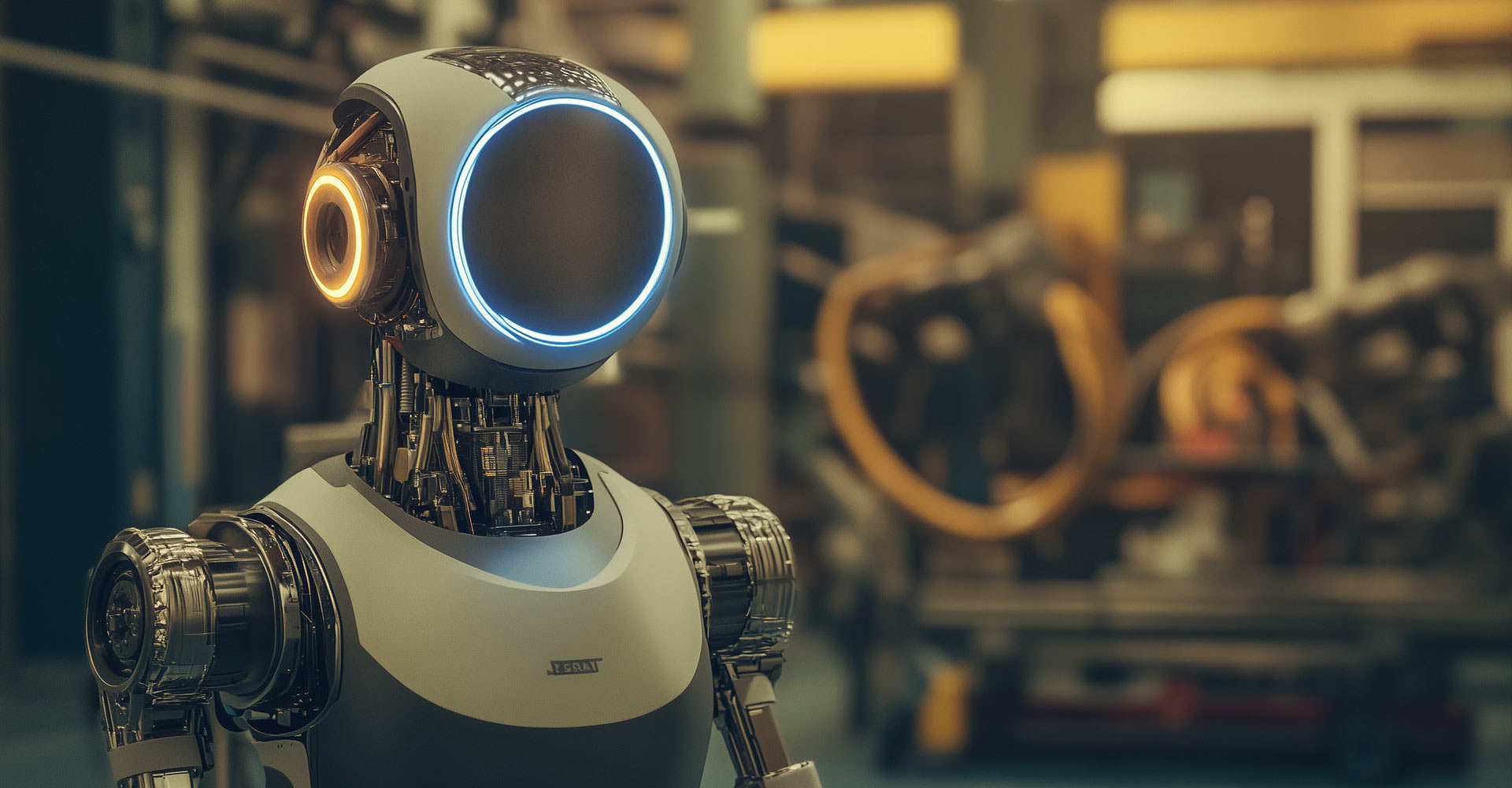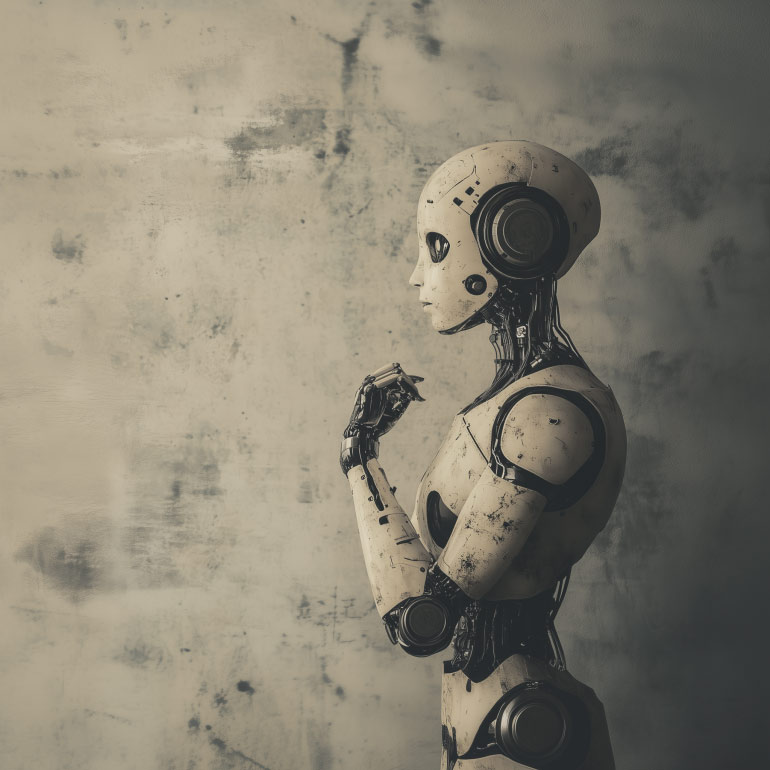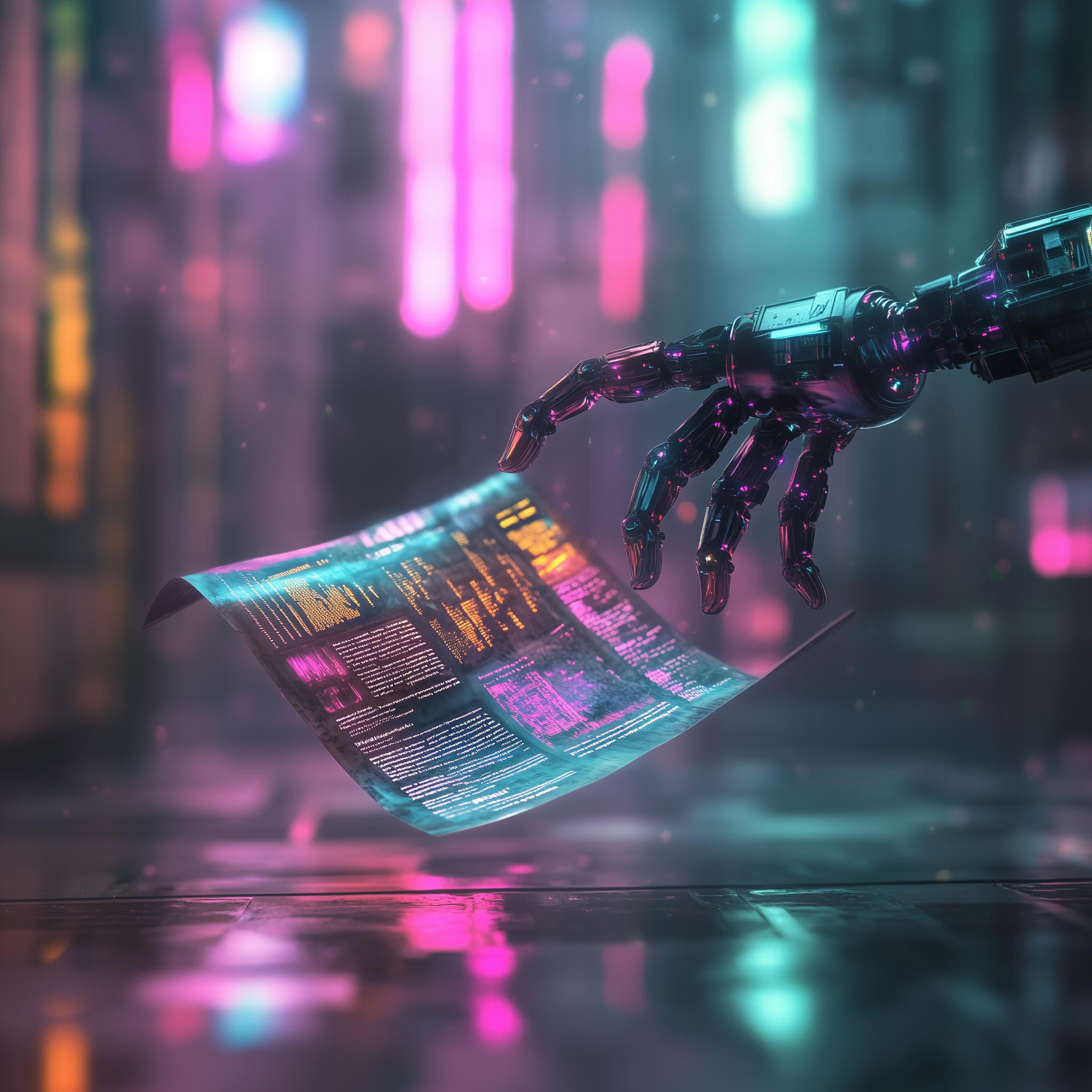Once upon a servo, in a lab not so far away, Boston Dynamics birthed a robot so agile, it made most of us feel bad about skipping leg day. Enter Atlas, the bipedal wonder that’s gone from clunky hydraulic brute to a lean, electric machine—capable of parkour, warehouse work, and, presumably, dancing better than your uncle at weddings.
The Early Days: When Atlas Was All Muscle, No Mains Plug
Back in 2013, the original Atlas waddled onto the scene with the subtlety of a JCB. Built for DARPA’s Robotics Challenge and powered by hydraulics, this 6’2” beast looked like it could lift a car… and probably needed to, just to unplug itself.
It was tethered, heavy, and noisy—but it had potential. The kind of potential that says, “Sure, I might trip over this brick now, but one day I’ll be flipping over boxes like a caffeinated ninja.”
The Glow-Up: From Parkour Star to Industrial Pro
By 2016, Atlas had found its stride—and its backflip. Slimmed down, battery-powered, and suddenly capable of navigating rubble like a cat on a caffeine high, it became a YouTube sensation. But behind the backflips was a serious mission: testing limits of mobility, balance, and control.
Fast forward to April 2024, and Boston Dynamics decided it was time for Atlas to hang up the hydraulic tubes. The next-gen Atlas is fully electric, sleeker, stronger, and quieter—ideal for factory floors and places where loud robot hissing might be frowned upon.
All Charged Up and Ready for Work
This new Atlas isn’t just a gymnastic show-off. It’s got real-world applications in its crosshairs. With electric actuators, 3D-printed limbs (hello titanium), and joints that rotate like they’ve got no time for ligaments, it’s built for efficiency, not just applause.
It’s also armed with AI so smart, it learns through 150 million simulations and human motion capture. Atlas knows what you’re doing—and can probably do it better. The bot’s being trained for logistics, manufacturing, and eventually, we imagine, winning Strictly Come Dancing (AI edition).
Robots With Brains… and Boundaries
Now, before you start hoarding EMPs, Boston Dynamics has made it clear: no weaponisation allowed. Atlas is here to help, not harm. Still, there are valid concerns: Will it take jobs? How do we ensure workplace safety when our colleague can squat twice our bodyweight?
The ethical questions are real. But so is the opportunity—robots like Atlas can take on the dull, dirty, and dangerous, letting humans focus on what we do best: complaining about coffee and creating spreadsheets.
What’s Next? The Rise of the Electric Workforce
Atlas will start flexing its new circuits in 2025 at Hyundai’s factories. Expect it to lift, shift, sort, and strut. With further tweaks and grippers galore, Boston Dynamics sees a future where robots are commonplace co-workers, not just viral video stars.
And who knows? The next generation of Atlas might just moonwalk into your office with a clipboard and a plan.



